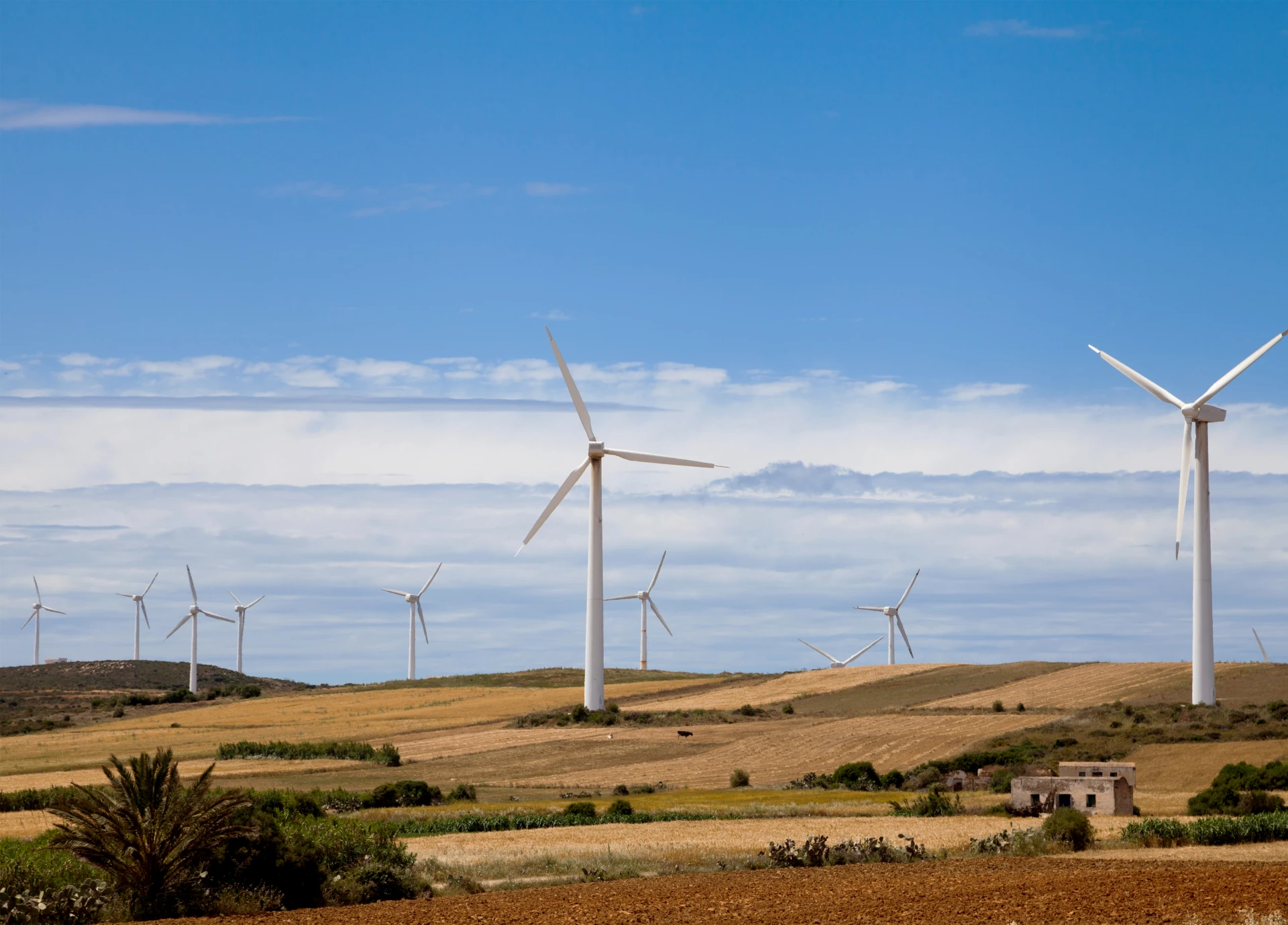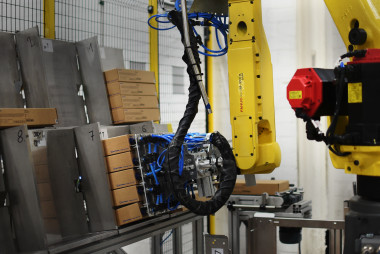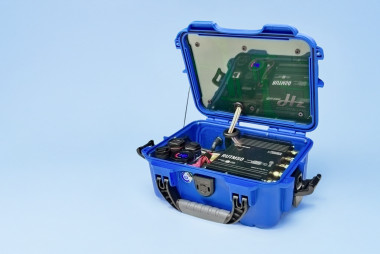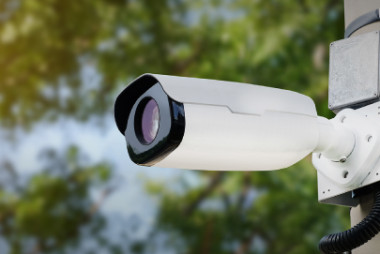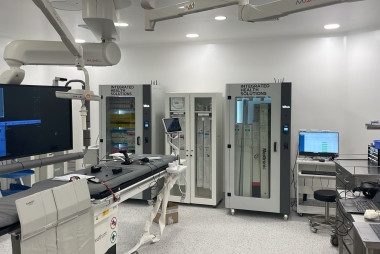SUMMARY
According to a recent study by Rebecca Lindsey and LuAnn Dahlman the world average temperature increased by 2°C in almost 150 years, which can cause a catastrophic outcome in the future. As the world is moving forwards by increasing the pace of infrastructure development and consumption, the impact on the environment increases dramatically. Despite this fact, people are trying to fight the environmental crisis is different ways; some are looking for more efficiency in consumption, some are turning towards the green energy generated from sun, water, or wind.
CHALLENGE
Energy generated from wind is one of the most prominent green energy solutions. Wind farm locations are usually remote, far away from civilization, in the hills or the seaside. Such places are used because for the wind farm to be profitable, there must be conditions that would generate as much wind as possible throughout the year. However, harsher environments require more complex wind turbines, which usually consists of towers, blades, hubs, and nacelles. To control all the parts, companies are mounting wind turbine controllers near the tower. Wind turbine controllers, like PLCs, are the brains for every wind turbine, since it is used for controlling the whole system, generating reports and monitoring. Without it, the turbine would not be working correctly, since it must be controlled and programmed. For this reason, the controllers must be connected to a unified system for remote monitoring, energy generation reporting, parameter control, and predictive maintenance. The main challenge here is obtaining reliable and secure connectivity to the Internet because of the remote location of wind farms.
SOLUTION
The topology above shows the whole solution: wind turbine generates energy which is passed to a substation and further transmission. On the other side, everything is controlled and remotely monitored via the wind turbine controller, which is connected to TRB145 – a small but powerful 4G LTE Serial gateway by Teltonika Networks. This device provides a reliable and stable Internet connection and acts as a Modbus gateway between controller and control center where all monitoring and management takes place. TRB145 industrial gateway is an ideal choice here not only because it features Serial RS485 interface with Modbus RTU but also because it is powered by RutOS that is equipped with advanced features such as OpenVPN, Firewall, IPsec. Besides, this gateway can be managed and monitored via the RMS – Remote Management System, which, amongst other benefits, has the ability to send status reports and generate notifications by SMS or email.
BENEFITS
- Easy to manage – you can configure and remotely control an infinite number of TRB145 connected to wind turbines using RMS;
- Energy consumption – since wind turbines are generating energy, they require that all devices would be low power consuming, TRB145 consumes only 2W of power while transferring data;
- Rugged design – TRB145, the same, as all Teltonika‘s routers and gateways have a wide operating temperature range from -40°C to 75°C, which is a must when the solution is outside;
- Size – TRB145 is extremely small and convenient to install into small cabinets.
TOPOLOGY
WHY Teltonika Networks?
Teltonika is a reliable partner for more than 20 years in the industrial IoT market. During that time, we have gathered experience in mission-critical connectivity that has lead to manufacturing products that are reliable, secure, and easy to use. We designed TRB with the same mindset and focus, making it one of the best industrial cellular gateways in the market. Paired with Teltonika RMS, this device is an ideal choice for wind farm connectivity.
Featured product
TRB1454G/LTE (Cat 1), 3G, 2G
Small size, easy installation
Equipped with RS485 for serial communication
Compatible with industrial DNP3 & Modbus communication protocols
